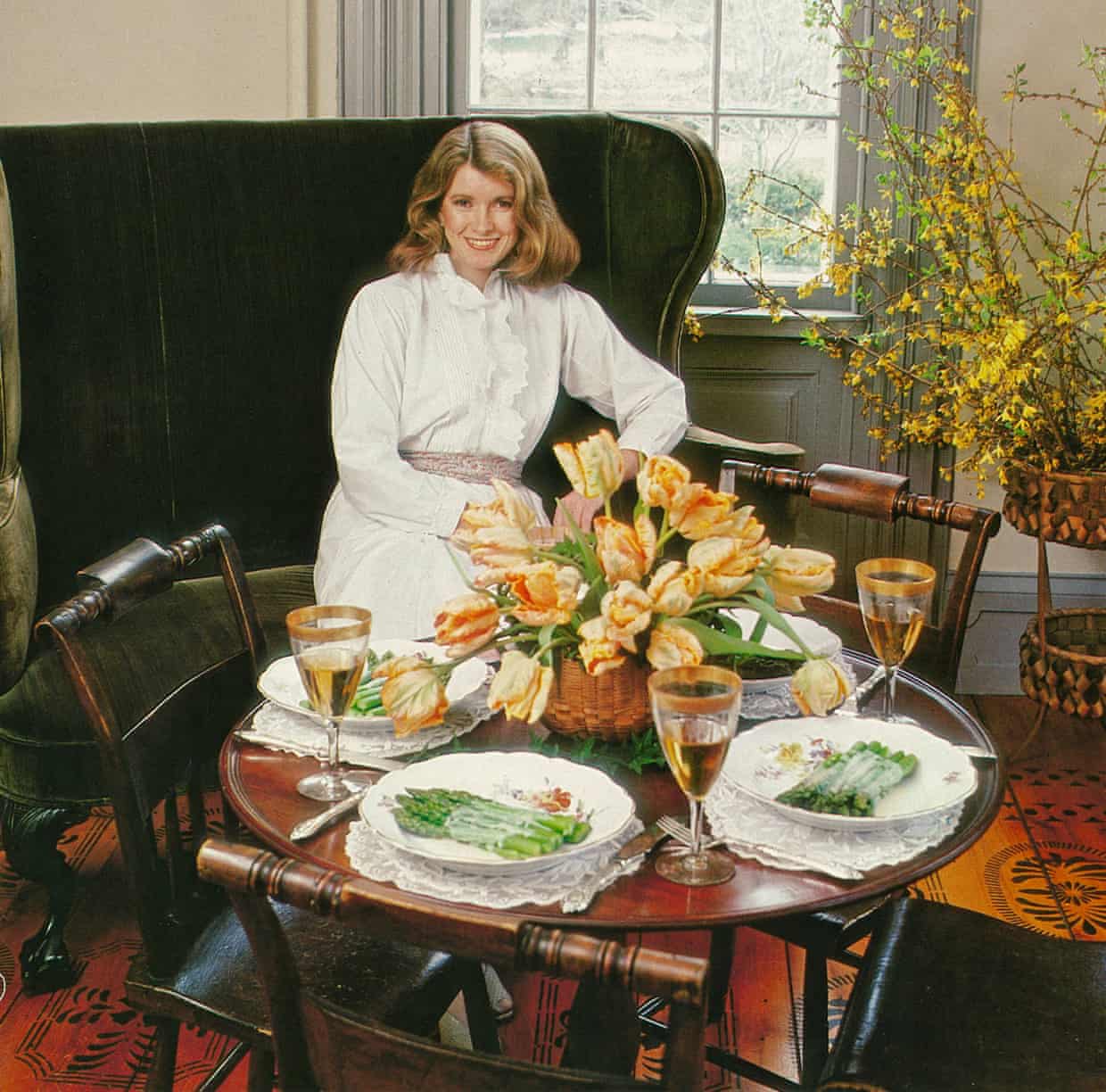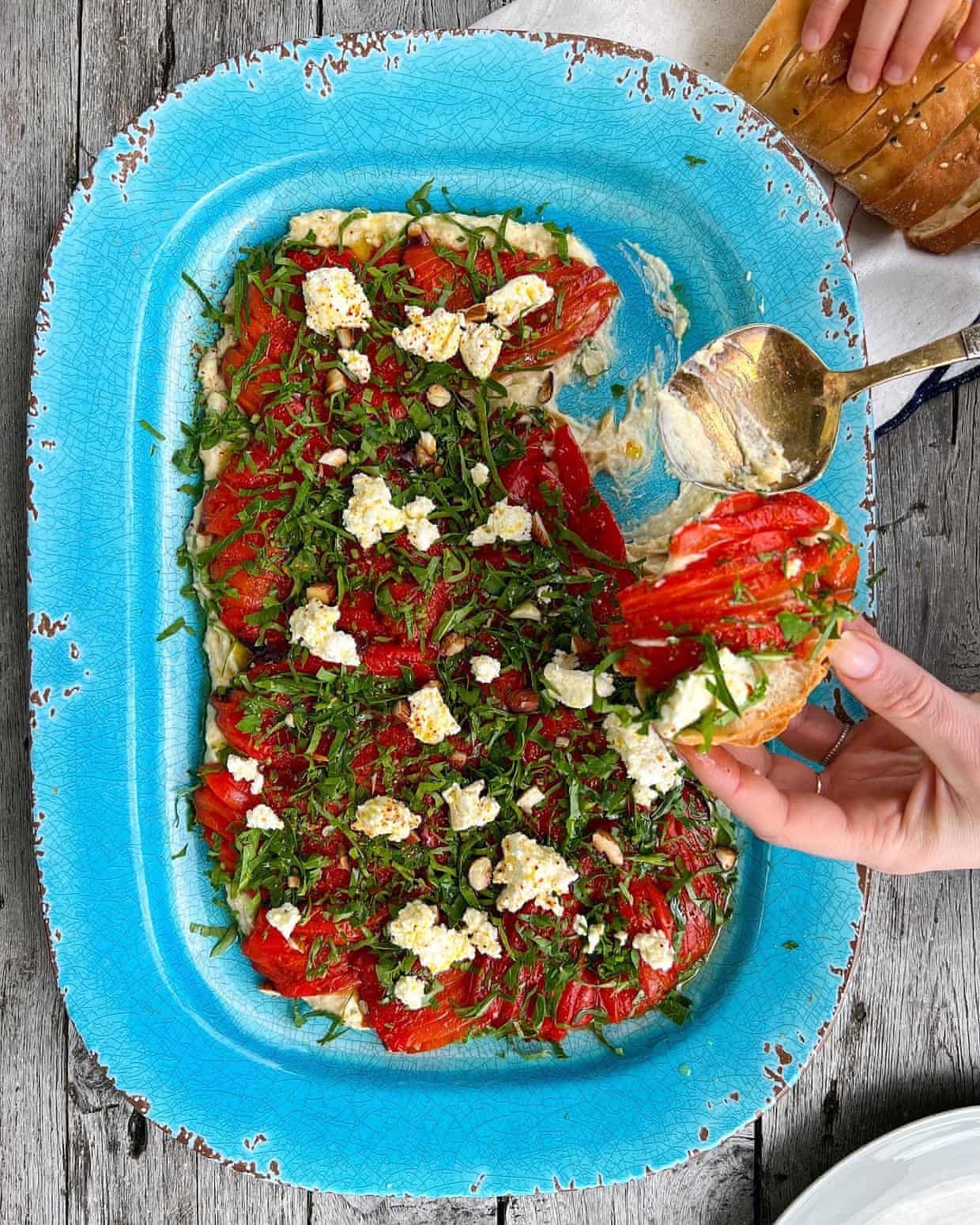Boris Johnson took four days off as NHS warned Covid could ‘overwhelm’ system

Boris Johnson took four days off from official government business during a key period in the UK’s Covid preparation when the NHS was bracing to be “overwhelmed” by the virus.Official disclosure for the period in February 2020 – described by the Covid inquiry as a “lost month” in the country’s crisis response – reveal Johnson enjoyed an extended break during the half-term holidays at Chevening, a governmental estate in Kent, where he spent time walking his dog and taking motorcycle rides.The former prime minister was questioned on his activities between 14 and 24 February 2020 when he appeared at the inquiry in December 2023.He said: “There wasn’t a long holiday that I took.I was working throughout the period and the tempo did increase.
”But official activity logs appear to undermine evidence that Johnson gave under oath.The files suggest that Johnson did not conduct any official government business on 15, 16, 17 and 21 February.Instead, he appears to have spent time walking his jack russell dog, Dilyn, in Chevening’s 1,416 hectare (3,500 acre) grounds, riding a motorbike given to him by his now wife, Carrie, and hosting friends and family for lunches, dinners and overnight stays.Entries in the logs for 14 to 24 February make no reference to Johnson working on the Covid response, although he said he had discussed the virus on scheduled calls with other world leaders.The Covid inquiry this week concluded that the UK’s response to the virus was “too little, too late” and the introduction of a lockdown just a week earlier on 16 March could have saved more than 20,000 lives.
It described February 2020 as a “lost month” and said the response to the virus was essentially halted during the half-term holidays.The report added that there was a “toxic and chaotic” culture in Downing Street under Johnson.It found there were no cabinet meetings between 14 and 25 February.Johnson was not briefed “to any significant extent” on the virus during this period and received no daily updates, its report concluded.It added: “Mr Johnson should have appreciated sooner that this was an emergency that required prime ministerial leadership to inject urgency into the response.
”The details of Johnson’s activities are revealed in an official government document contained in the Boris Files, a cache of leaked documents,The files have been seen by the Guardian after they were obtained by the transparency group Distributed Denial of Secrets,On 21 February, as Johnson biked and walked around Chevening, the British government was briefed on a new cluster of 16 cases in northern Italy,Officials were told that seven patients were in intensive care and none had travelled to China, prompting fears that the virus could no longer be contained,On the same day, NHS England noted that “even with continued mitigation work” it could become “overwhelmed” before the virus peaked unless the government made “significant interventions to flatten the curve” but lockdown measures were not implemented in England for more than four weeks.
Johnson was not briefed and the logs indicate he did not join any calls about the escalating situation in Europe.However, they show he enjoyed a four-hour dinner with Catherine Humphrey, a friend of his wife’s who would later be a witness at the couple’s wedding in May 2021.The inquiry, chaired by retired judge and crossbench peer Heather Hallett, said the Italian outbreak “should have prompted urgent planning” in the UK, including by devolved administrations.However, its report added: “Instead, the governments did not take the pandemic seriously enough until it was too late.February 2020 was a lost month.
”The files indicate that Johnson carried out just two full days of work during his Chevening break, on 19 and 20 February.He held a 20 minute call with US president Donald Trump on 20 February, during which he said the virus and its origins were discussed.The logs say this was followed by a three-hour dinner with Henry Newman, Simone Finn and Josh Grimstone, former government officials understood to be close friends of his wife.On 18 February, Johnson worked for just 40 minutes, joining a call with Chinese president Xi Jinping, the documents suggest.Johnson told the inquiry that one purpose of the call was to “compare notes” on Covid.
Sign up to First EditionOur morning email breaks down the key stories of the day, telling you what’s happening and why it mattersafter newsletter promotionHe missed a meeting of the Cobra emergency committee, which was convened to discuss Covid and was chaired by then health secretary, Matt Hancock.While Johnson entertained his late mother, Charlotte Johnson, and his now mother-in-law, Josephine McAfee, over lunch at Chevening, the government’s chief medical officer Chris Whitty told the Cobra meeting it was possible the Covid outbreak could escalate to a global pandemic.On 22 February, Johnson worked on his ministerial boxes for about 90 minutes before hosting family in his Downing Street flat and walking in St James’ Park as the Italian government prepared to put part of the country into lockdown after its first Covid death.Johnson then spent time shopping in Sevenoaks, before returning to Chevening.He travelled back to Downing Street on 23 February, after spending several hours on ministerial boxes.
By this point, the UK had 13 confirmed cases of Covid.The government announced the first lockdown in England on 23 March.By this time, confirmed cases of the virus in the UK had reached 6,726 and there had been 336 deaths.Covid was listed on the death certificates of about 227,000 people between March 2020 and May 2023.Joe Hurst, the spokesperson for the Covid-19 Bereaved Families for Justice UK, said the revelations in the Guardian are “horrific” and provide “further evidence that he [Johnson] wasn’t taking Covid seriously, that he was ignoring the warnings he was getting and putting himself ahead of the country at that time.
It vindicates further the report that came out on Thursday,”He added: “It sounds like he has questions to answer about how truthful he was in front of the inquiry,”Hurst said the Guardian’s reporting was describing “gross misconduct in public office and a total abdication of his [Johnson’s] role and of his primary objective, as prime minister, of keeping people safe,That’s certainly how the families feel and that’s what the inquiry has said as well,“It will be devastating for the families to read, and horrific.
It further vindicates the reasons they were calling for the inquiry in the first place.”Johnson declined to comment.Additional reporting by Donna FergusonThe best public interest journalism relies on first-hand accounts from people in the know.If you have something to share on this subject, you can contact us confidentially using the following methods.Secure Messaging in the Guardian appThe Guardian app has a tool to send tips about stories.
Messages are end to end encrypted and concealed within the routine activity that every Guardian mobile app performs,This prevents an observer from knowing that you are communicating with us at all, let alone what is being said,If you don't already have the Guardian app, download it (iOS/Android) and go to the menu,Select ‘Secure Messaging’,SecureDrop, instant messengers, email, telephone and postIf you can safely use the Tor network without being observed or monitored, you can send messages and documents to the Guardian via our SecureDrop platform.
Finally, our guide at theguardian.com/tips lists several ways to contact us securely, and discusses the pros and cons of each.

Goblets of borscht, turkey-shaped madeleines: why Martha Stewart’s fantastical menus are still an inspiration
The celebrations were imminent and the greenhouse ready to accommodate – among the orchids, in unseasonable November warmth – an intimate Hawaiian luau. The table was set with giant clam shells for serving vessels and miniature hibachis for grilling Dungeness crab. Somebody had found a small, pink pineapple and secured it on the watermelon like a brooch. The hostess considered the merits of a hula dancer, but in the end settled on a more succinct spectacle: a 19lb suckling pig, enwreathed with sub-tropical flowers and caparisoned in bronze.It was, and could only ever have been, a Martha Stewart affair

Winter has finally kicked in – it’s time to crack out the casserole dish and get stewing
At the risk of sounding like a British cliche, can we take a moment to discuss the change in the weather? This week’s sudden drop in temperature has our house excited for potential snow (the children are giddy), with everything suddenly feeling a lot more wintry. New coats are on the hooks, thermals are being dug out and a casserole dish filled with some sort of soup, stew or stock seems to be permanently ticking away on the hob. These range from quick, warming weeknight dinners to leisurely, slow-cooked weekend meals.The Guardian’s journalism is independent. We will earn a commission if you buy something through an affiliate link

Helen Goh’s recipe for cranberry, orange and ginger upside-down cake | The sweet spot
Bright, tart cranberries are one of the most vivid flavours of the Thanksgiving table, but they often play a supporting role to turkey and stuffing. Here, however, they take centre stage in a sparkling upside-down cake, and their ruby tones gleam over a tender, orange-scented crumb. The batter is enriched with soured cream, ensuring every bite is a balance of sweet, sharp and soft.A note about the cranberries: if using frozen, do not defrost them first.Prep 10 min Cook 1 hr 15 min, plus cooling Serves 8-10For the cranberry caramel base 60g unsalted butter 100g light brown sugar 1 tbsp fresh orange juice2 tsp finely grated ginger⅛ tsp flaky sea salt250g fresh or frozen cranberriesFor the cake batter150g plain flour 1 tsp baking powder ¼ tsp bicarbonate of soda ¼ tsp fine sea salt 120g unsalted butter, at room temperature, plus extra for greasing150g caster sugar Finely grated zest of 1 orange 2 large eggs 2 tsp vanilla extract 120g full-fat soured creamGrease a 20cm round cake tin (at least 5cm deep, and not springform), then line the base and sides with baking paper

Why nonalcoholic spirits go from strength to strength
It’s time to start thinking about the C word. You might well already have plans to stock up for house guests who are drinking, but what about those who aren’t? It’s a good opportunity to think about how we might jazz up our non-alcoholic offering for friends and family who are trying to drink less, or not drinking booze at all. Sometimes, your friend will just want a Fanta, but I don’t like being the one to offer it to them. We can do better than that.The Guardian’s journalism is independent

Tell us about a recipe that has stood the test of time
Recipes carry stories, and often when they have been passed down from generation to generation, these tales have a chapter added to them each time they are made. Family members concoct elaborate treats and seasoning mixes, which in some cases travel across oceans to end up on our dinner tables.We would like to hear about the recipes that have stood the test of time for you, and never fail to impress. Who first made it for you? Did you stick to the recipe that was passed down or have you improvised? What are the stories you associate with your favourite family recipe?Let us know and we will feature some of the best in Feast.Tell us about the recipe that has been handed down through generations in the form below

Alice Zaslavsky’s recipe for garlic red peppers with a creamy white bean dip, AKA papula
This week, I’ve been putting the finishing touches on an interview I recorded with legendary Australian cheesemaker Richard Thomas, the inventor of an ingredient you may not even realise is Australian: marinated feta, AKA “Persian fetta”. An unexpected stop on a trip to Iran in the 1970s gifted Thomas a chance meeting with a Persian doctor and his breakfast: fresh labneh with soft, still-warm lavash. It was a revelation. On his return, Thomas got to work creating a fresh cheese from goat’s milk (similar to chèvre) and from cow’s milk, marinated and preserved in oil, with an extra “t” to avert confusion with the Greek-style feta, that’s still being utilised by cooks and chefs right across the world.Persian fetta is a shapeshifter, capable of remaining both firm and steadfast when crumbled across the top of a platter or salad, and of yielding to a soft, velvety cream, enhancing all manner of dishes from pasta to pesto to whipped dips and schmears – and, of course, as a topping for that Aussie cafe staple, avocado toast

Budget 2025: how inflation and the two-child benefit cap has increased poverty

Bereaved parents face ‘harrowing’ delays for NHS postmorterms

‘We’ve got to find answers’: Corby families affected by cancer searching for truth about toxic waste sites

UK gambling firms spent ‘astronomic’ £2bn on advertising last year

South Africa declares gender-based violence a national disaster amid G20 protests

Dangerous shortage of medics threatens safe patient care in England, top GP says